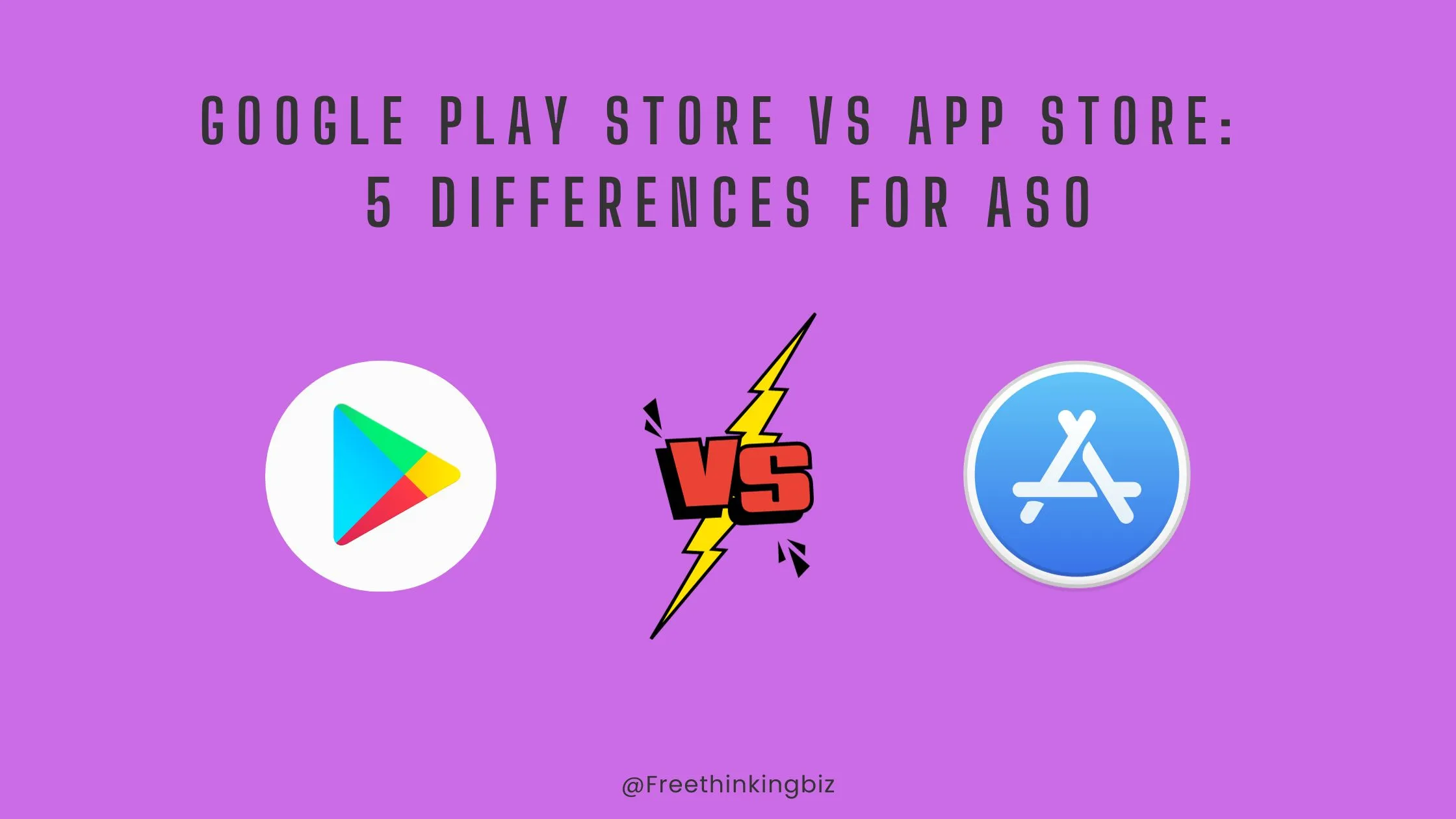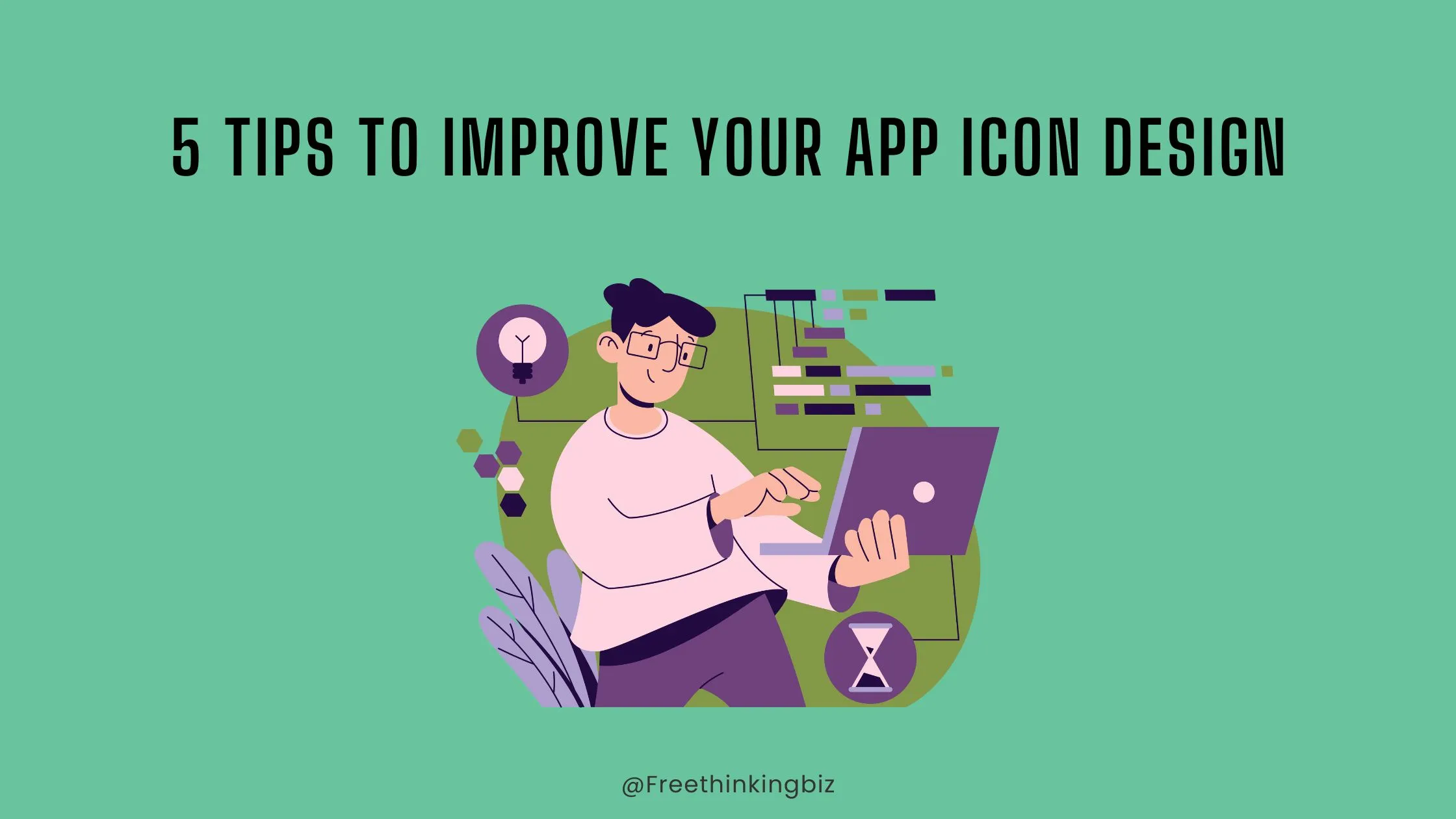App developers or ASO specialists know there are two platforms for uploading apps – Google Play Store and Apple App Store – so it is crucial that they know their respective differences for optimal visibility of mobile apps.
ASO should never be treated like a one-size-fits-all solution; app developers and marketers must consider both platforms’ differences for a successful ASO strategy.
Here, we discuss five key variations between them for effective ASO.
Let’s get down to basics; how does one take an inventory?
What Is App Store Optimization (ASO)?
App Store Optimization (ASO) is the practice of making apps easier for people to discover in app stores like Google Play and Apple’s App Store, by optimizing their title, description, and keywords so more people can find and download your app – basically making it stand out in an otherwise overwhelming marketplace.
5 Key Differences Between Google Play Store & App Store for ASO:
Now that we know what ASO stands for, let’s compare and contrast these two platforms for mobile apps ASO:
1. Keyword Optimization
Google Play Store:
The Google Play Store relies heavily on keyword relevance and density when selecting search results, so to ensure maximum visibility, your app’s title and description must contain key terms related to its functionality. Furthermore, Google’s algorithm places special emphasis on long-tail keywords for more flexibility in keyword usage.
Apple App Store:
On the other hand, Apple’s App Store gives more emphasis to an app’s name, subtitle, and keyword fields rather than its description field; accordingly, more work needs to be put into optimizing these areas with limited character counts.
ASO Strategy:
Whilst Google Play Store optimization is driven by long-tail keywords in your app description, Apple’s App Store optimization focuses more on optimizing name, subtitle, and keyword fields with relevant terms; therefore balancing out both platforms should be part of your keyword optimization strategy.
2. Reviews, Ratings and Feedback
Google Play Store:
The Play Store heavily considers user ratings and reviews when ranking apps, with both quantity and quality having an effect. Apps that garner higher user scores with positive reviews typically perform better on Google Play; encouraging satisfied users to leave positive reviews is a critical aspect of ASO Strategy for Google Play.
App Store:
Apple also places great emphasis on ratings and reviews, though perhaps less heavily. Positive feedback remains vital, though their main measures of success include downloads, retention rates, and keyword relevance.
ASO Strategy:
On both stores, maintaining high ratings and positive reviews is key; on Google Play Store, however, it’s especially crucial that businesses actively seek positive reviews and respond to user feedback.
3. Visual Assets
Google Play Store:
The Google Play Store gives developers more space to showcase visual assets, such as feature graphics, promotional videos, and screenshots that capture users’ attention and convince them to install your app. Engaging graphics and videos should help make your app stand out amongst its competition and can increase downloads significantly.
App Store:
Apple’s App Store places particular importance on an app’s icon and first three screenshots, so these elements should be compelling and effectively communicate your app’s value proposition.
ASO Strategy:
To maximize exposure in Google Play, take advantage of visual assets to captivate potential users. Meanwhile, App Store customers tend to focus on app icons and initial screenshots; making these elements compellingly attractive while simultaneously informing potential customers.
4. A/B Testing
Google Play Store:
Google Play Store offers built-in A/B testing capabilities that make experimenting with various app listing elements such as icons, screenshots, and descriptions easier, making ASO strategy refinement and conversion rate optimization much simpler. This feature makes optimizing ASO strategies and increasing conversion rates much simpler!
App Store:
For years, Apple had not provided built-in A/B testing capabilities on the App Store – leaving developers to use third-party tools or release updates in order to make modifications to their app listings. But more recently they have been rolling out testing features designed to make it simpler for developers to experiment with various aspects.
ASO Strategy:
On Google Play Store, take full advantage of A/B testing to continuously optimize your app’s presentation and use any testing features to improve it. On the App Store, keep up-to-date with Apple updates and use their features that provide testing services in order to enhance listing for your app listing.
5. Google Play Store Localization
Google Play Store:
The Google Play Store allows developers to target multiple countries and regions with locally tailored app listings, giving you the power to adapt your app’s name, description, and visual assets specifically for specific markets – an essential step towards reaching global audiences.
App Store:
Apple offers localization on its App Store as well, though its localization rules may limit your ability to reach all countries like you would on Google Play Store.
ASO Strategy:
Localization is critical when listing apps on both stores, although more so for App Store users. Be sure to follow each platform’s specific guidelines when creating localized app listings.
Conclusion:
App Store Optimization is an essential strategy for both Google Play Store and App Store apps; the differences between the platforms necessitate distinct approaches when devising your ASO plan. By optimizing keywords, monitoring ratings and reviews, creating attractive visual assets, A/B testing, and localizing apps you can increase app visibility and downloads in a competitive mobile app world. By improving keyword management techniques such as optimizing keyword density or managing ratings and reviews; conducting A/B tests or localizing apps you can greatly boost ASO efforts while raising chances that stand out among its competition compared with others!



